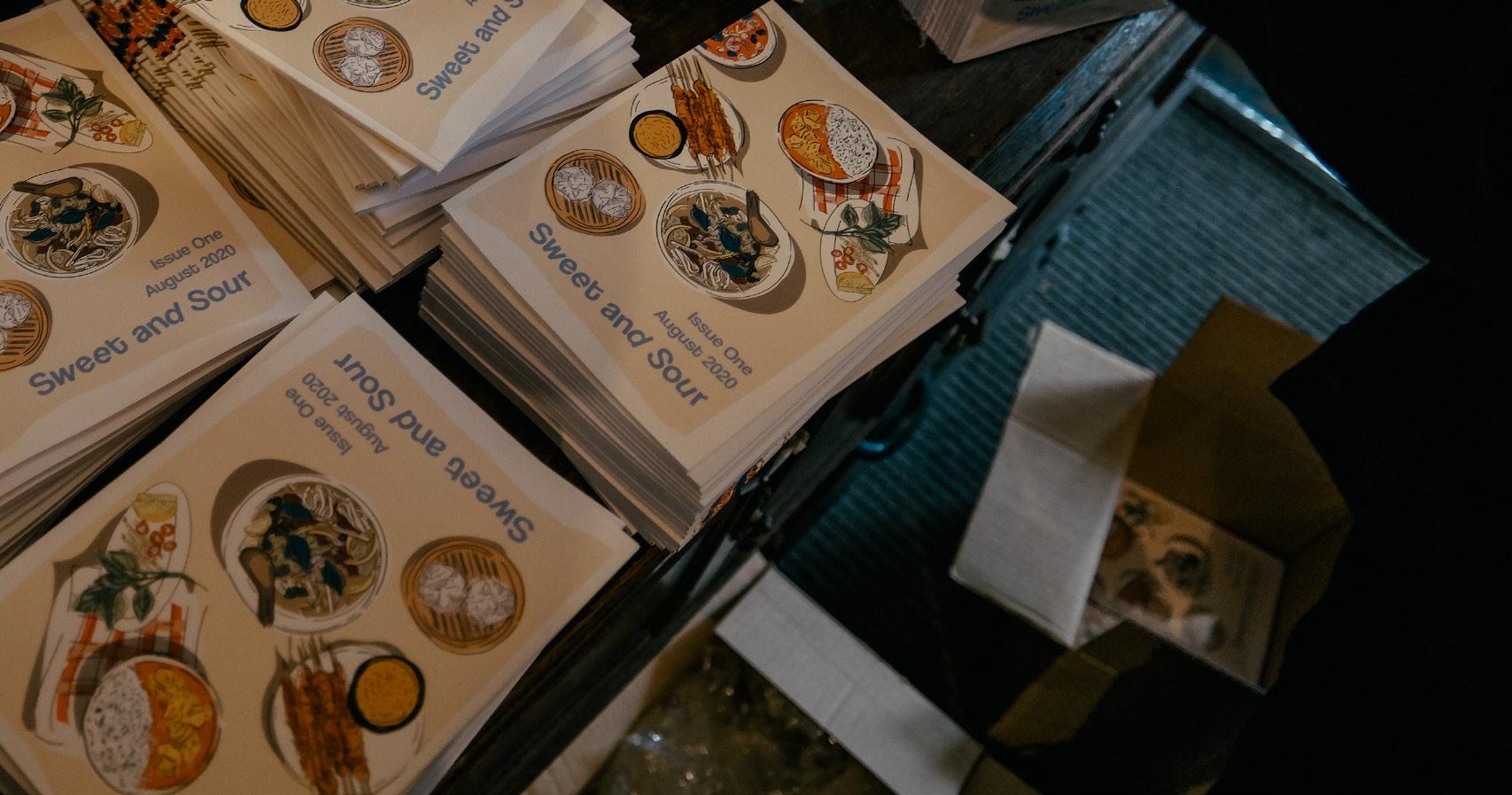4.
From the Archives: Oct 15th, 2018
The Meaning of Woroni
By Harry Needham
On 14 June, 1950, the student journal of what was then the Canberra University College announced a name change. In the search for something “more inspiring” than the original name, Student Notes, the editors decided to pick a title from an Aboriginal language, “because it is far more significant to us, particularly in the Capital City of Australia, than any word of foreign origin.” They chose the word ‘Woroni’, which they stated meant ‘mouthpiece’. Today, 68 years later, Woroni’s Wikipedia page repeats this etymology, declaring that the name “derives from an Indigenous Australian word meaning ‘mouthpiece’.” Over the past 68 years, a key question has remained unanswered. There are estimated to have been 250 different language groups in Australia before European invasion, 120 of which are spoken today. If Woroni is genuinely derived from an Aboriginal language, which of these 250 languages does it come from? Some past editions of Woroni have claimed that the publication’s name is derived from the Ngunnawal language spoken in the Canberra region. There is
no evidence to support this claim, which appears to be based on guesswork. Woroni’s 1950 editorial team were following a long tradition of settler Australians appropriating Aboriginal and Torres Strait Islander words to name a wide variety of things, from place names to literary journals such as Meanjin, as part of a broader search for an authentically Australian identity. A number of books were produced in the twentieth century to assist in this endeavour. One of the most popular was Sydney J Endacott’s Australian Aboriginal Native Words and Their Meaning, which went through ten editions between 1923 and 1973. Endacott praised “the use of musical native aboriginal (sic) names … with advantage to the furthering of the growth of a distinct national feeling.” He hoped to fulfil a “demand for a substantial and reliable list of pleasant-sounding words”. The Woroni editors most likely chose their publication’s new name from Endacott’s widely available compilation, where it is listed as meaning “mouth” - the extension of this to “mouthpiece” may be an example of the editors’ creative licence.























